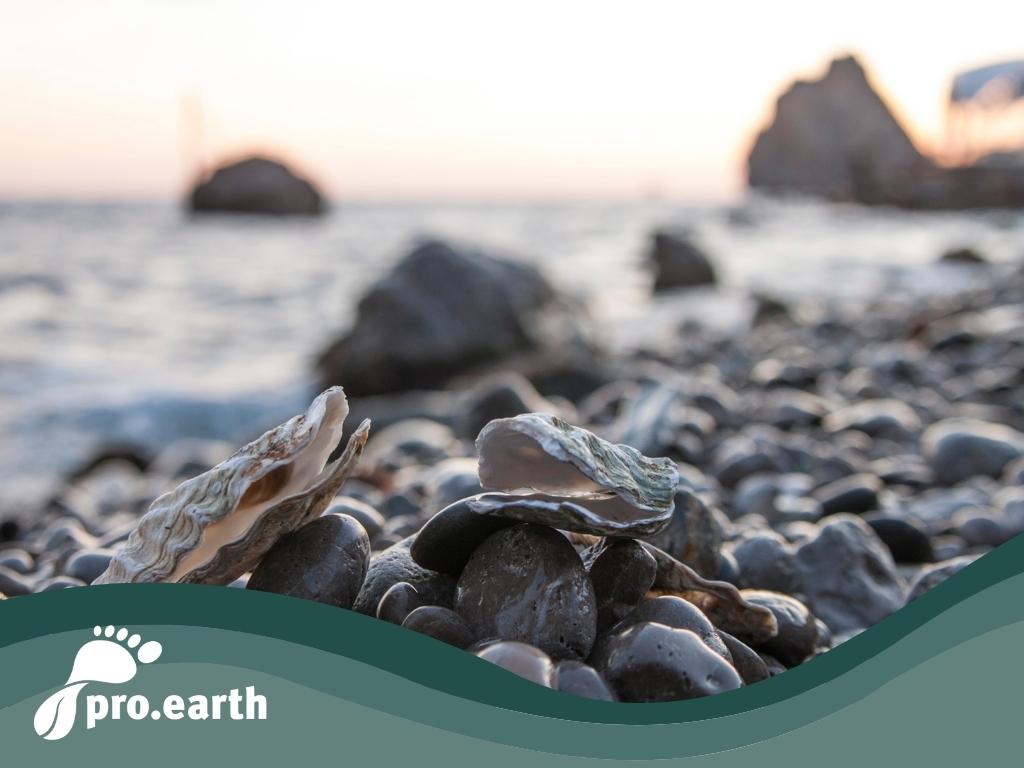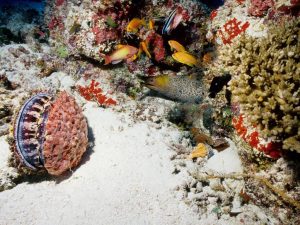Volunteers set up oyster beds - not only to increase the population

Oyster colonies have a big job to do: They filter hundreds of liters of water every day - making an invaluable contribution to the preservation of an ecosystem.
However, populations have declined by around 95 percent for a variety of reasons (pollution, overfishing, disease infestation and habitat loss). This is so alarming that the oyster has been placed on the Red List of Critically Endangered Species. A catastrophe for the marine ecosystem.
7,500 square meters of artificial reef for a new population
To stabilize the oyster population, a reef has now been created off the English coast as part of a large-scale project.
In this "Wild Oysters Project", environmentalists have released 10,000 oysters. The project not only benefits the oysters, but also many other marine creatures.
Why is an oyster reef so important?
An intact oyster reef serves as a good basis for a functioning nutrient cycle in which biodiversity grows and water quality improves.
 Oyster reefs also have a positive impact on coastal protection. Off the coast of New York, for example, huge oyster beds are also built as breakwaters and thus protection against natural disasters.
Oyster reefs also have a positive impact on coastal protection. Off the coast of New York, for example, huge oyster beds are also built as breakwaters and thus protection against natural disasters.
Around 75 million oysters have already been settled in banks around New York Harbor. The aim is to settle one billion oysters in New York's waters by 2035.
8000 New York schoolchildren and around 1000 volunteers organized the sinking of hundreds of reef balls. They also serve as a habitat for other marine organisms.






